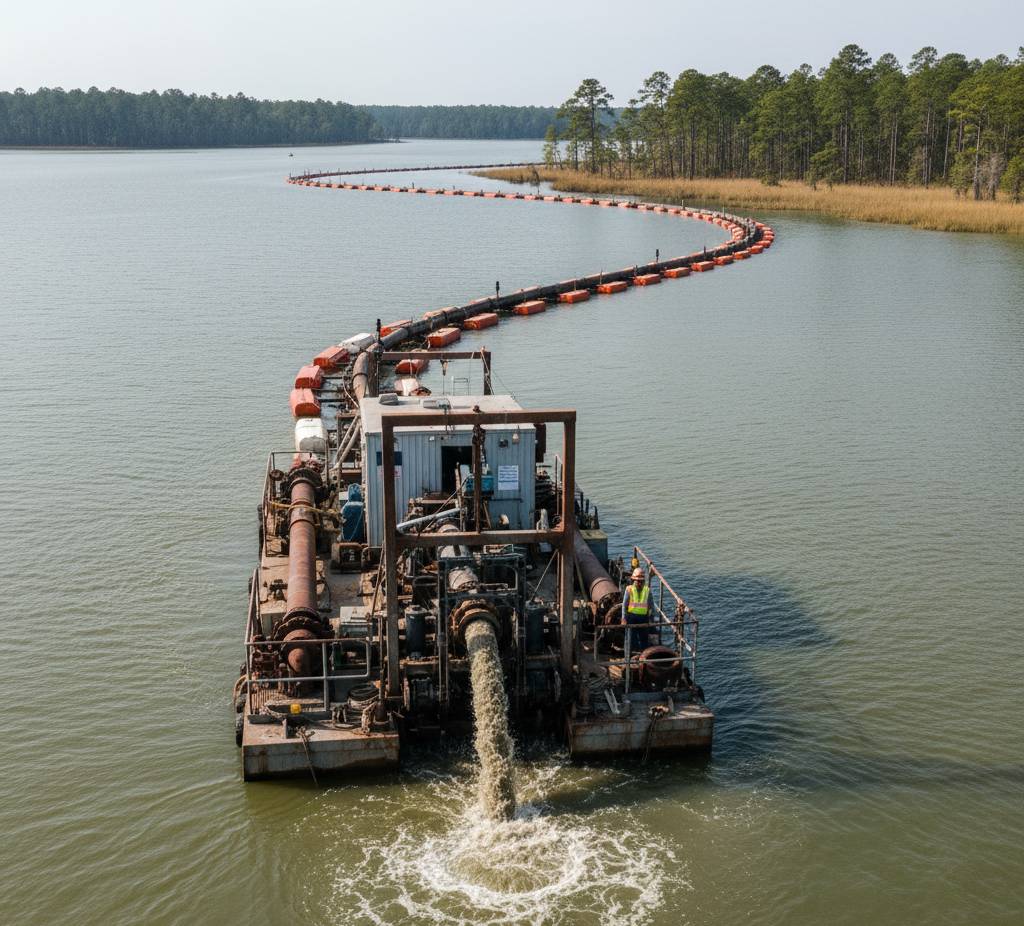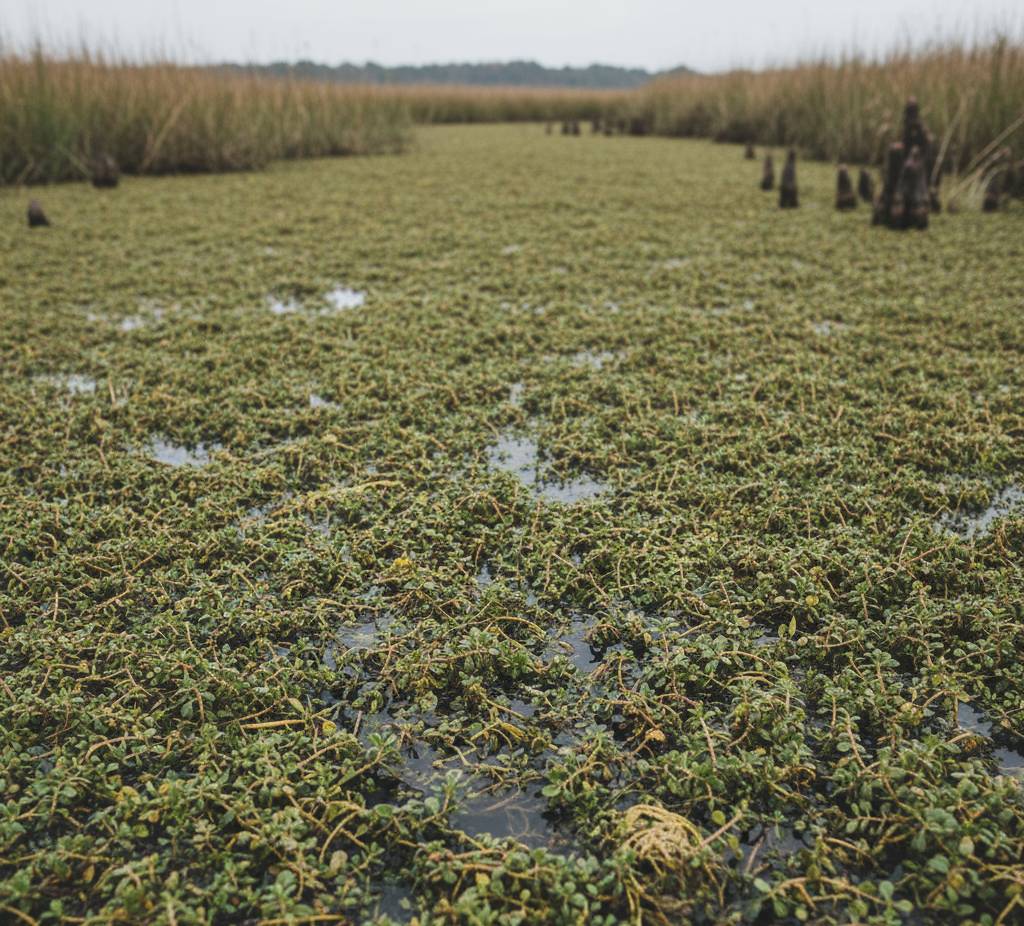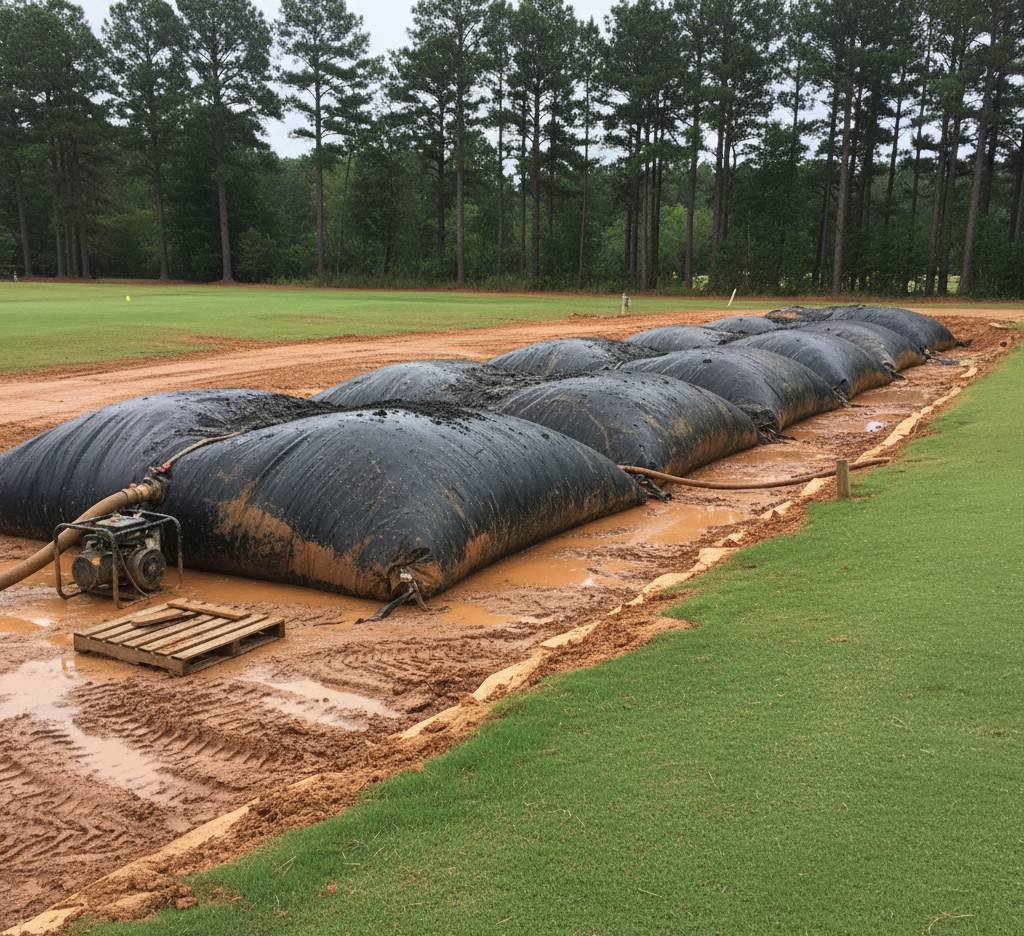South Carolina’s Trusted Dredging Specialists
South Carolina River and Lake Dredging Services
We specialize in restoring water bodies across the state, providing essential lake dredging, pond dredging, and sediment and muck removal. From the sandy beaches of the Lowcountry to the red clay shores of the Upstate, and the brackish waters of the Grand Strand, we deliver precision and performance.
Trust our dedicated team to manage your water depth and quality needs in SC's unique environment, ensuring your property value and aquatic habitat are protected.
- SCDHEC and USACE Permitting Familiarity
- Coastal Tidal and Marsh Dredging Capability
- Lake Murray, Lake Wylie, and Lake Marion Expertise
- Serving HOAs, Golf Communities, and Resorts
About Our Dredging Services for South Carolina Waters
We provide comprehensive dredging solutions utilizing both mechanical and hydraulic methods tailored to South Carolina's diverse aquatic environments. Our expertise spans inland lakes, including the Upstate and Midlands, as well as sensitive coastal/ICW (Intracoastal Waterway) systems and resort ponds throughout the state. We efficiently remove all types of material, from fine river silt and lake muck to heavier sand, marsh sediment, and natural tidal buildup.
We offer a true turnkey solution, handling every phase of the project: site staging, meticulous dewatering, sediment disposal, and beneficial reuse where applicable. Our deep understanding of specific SC water systems—including Lake Murray, Lake Marion, Lake Moultrie, and Lake Wylie, and the Broad, Saluda, and Santee river systems—makes us the regional leader. We are equipped to manage challenges posed by coastal tidal marshes in areas like Charleston, Hilton Head, and Beaufort, and the heavy red clay sediment common in the Upstate, often exacerbated by storm and hurricane events.

Key Dredging Outcomes for South Carolina Lakes and Waterways
Restored Water Depth: Returning your lake, cove, or channel to its original depth, ensuring safe navigation and enjoyment for boating and recreational activities across SC's major reservoirs.
Coastal and Tidal Sediment Management: Expert removal of silt and sand from ICW feeder canals, resort lagoons, and marsh systems to counteract routine tidal buildup in the Lowcountry.
Superior Water Quality: Reducing nutrient-rich sediment that fuels invasive SC aquatic weeds like hydrilla, alligator weed, and elodea, as well as minimizing nuisance algal blooms.
Preserved Infrastructure: Protecting docks, boathouses, and intake pipes from sediment blockages, extending the life of your waterfront assets.
Shoreline Erosion Mitigation: Strategic sediment handling to support and stabilize shorelines damaged by boat wakes, tropical systems, and storm surge, especially in coastal areas.
Optimized Seasonal Planning: Implementing dredging programs with consideration for hurricane season preparation, summer recreation peaks, and seasonal lake drawdowns for maximum efficiency.
Specialized Dredging Services for South Carolina

Mechanical Dredging
Ideal for tight access, shallow coves, and dock and shoreline work on lakes like Lake Murray, Lake Keowee, and Lake Greenwood. We use sectional barges for precision sediment removal in smaller HOA lakes and ponds, handling heavy red clay and dense debris.

Hydraulic Sediment Removal
Best for large-scale operations on major water bodies such as Lake Marion and Lake Moultrie, and long reaches of ICW canals. We pump fine silt and muck over long distances to remote dewatering sites or tidal systems.

Comprehensive Sediment Management
A turnkey approach that ensures compliance with SCDHEC guidance. This includes on-site dewatering using methods suitable for diverse SC soils (sandy Lowcountry versus clay-heavy Upstate) and approved disposal or beneficial reuse planning.

Aquatic Vegetation Management
Targeted removal of aggressive SC aquatic weeds—like hydrilla, alligator weed, and elodea—to combat the effects of shallow water and nutrient-rich sediment that cause severe algal blooms.

Sediment Dewatering Solutions
Installation and management of Geotextile tubes for efficient dewatering on HOAs, golf courses, and resort communities. We also design and manage upland pad drying operations where available land permits.

Continuous Waterway Management
Post-event cleanup and maintenance after major storms or hurricanes. We offer season-based lake management programs to prevent the re-accumulation of sediment and preserve depths after major summer lake traffic.
Ready to Restore Your South Carolina Lake, Pond, or Waterway?
The time to start planning is now. We consult with you to navigate SC permitting timelines, ensuring your project is ready before the busy pre-summer season, or strategically scheduled around high-impact events like hurricane season and peak tourist/resort timelines.
Get a Detailed Quote Give Us a CallFrequently Asked Questions About Dredging in South Carolina
Dredging costs can vary widely in South Carolina. Factors that may influence pricing include project size, site conditions, sediment type (such as soft muck vs. heavier clay), accessibility, and disposal requirements. For coastal or regulated areas, permitting and material transport may also affect overall costs. For project-specific guidance, it’s usually best to speak with a qualified dredging contractor.
Some property owners consider dredging when they observe issues such as recurring shallow areas, difficulty navigating near docks or boat access points, increased buildup of muck or organic material, or noticeable growth of aquatic vegetation. After major rainfall events or tropical storms, sediment buildup can also become more noticeable in certain SC waterways.
Many dredging activities in South Carolina require permits, especially if the work affects coastal, marsh, or navigable waters. Depending on the project, agencies such as the South Carolina Department of Health and Environmental Control (SCDHEC) and the U.S. Army Corps of Engineers (USACE) may be involved. Because requirements can vary, property owners often consult with professionals or permitting authorities for clarity on their specific situation.
Upstate waterways can contain compact red clay, which may require different approaches than softer sediment. Contractors often choose equipment and techniques based on sediment type, water depth, and site access. Since methods vary, discussing options with an experienced provider can help determine what is appropriate for a particular project.
Hurricane season (June through November) can influence schedules for dredging, especially in coastal and tidal areas. Some work may be timed around weather patterns, seasonal restrictions, or community usage. Those considering dredging during this period often plan ahead to avoid potential delays caused by storms. If unsure, discussing timing with a contractor may help clarify expectations.
Along the ICW and nearby coastal waterways, sediment movement from tides, storms, and natural shifting can gradually reduce depth. Dredging is one approach some property owners, marinas, and communities consider to help maintain access. Whether dredging is necessary depends on the specific site and navigation needs.
In some cases, dredged material may be repurposed, but this depends on factors such as sediment quality, environmental conditions, and regulatory approval. Reuse may include upland fill or other land-based applications. Property owners usually confirm potential options with qualified professionals or permitting authorities, especially when regulations apply.
Dredging can temporarily disturb aquatic environments, and certain areas may have seasonal or environmental considerations to protect local species. Agencies sometimes set guidelines or restrictions for sensitive habitats, especially in coastal or marsh ecosystems. For project-specific ecological questions, reaching out to environmental professionals or regulatory agencies can provide more detailed guidance.
Service Areas and Regions of South Carolina
We provide expert dredging services for private lakes, corporate ponds, and large-scale public waterways, covering the entire state from inland reservoirs to coastal marinas and tidal marsh systems.
1. Lowcountry & Coastal
The historic coastal plain defined by tidal marshes, barrier islands, and waterways like the Ashley, Cooper, and Edisto Rivers. This region features major port activity and extensive recreational waterways.
Key SC Locations:
2. Grand Strand & Coastal Pee Dee
Famous for its sandy beaches and tourism, this region is traversed by the Intracoastal Waterway (ICW) and the Waccamaw River. Its focus is on maintaining resort lagoons and battling sediment from beach sand runoff and coastal flooding.
Key SC Locations:
3. Midlands
The state's center, dominated by the Congaree, Broad, and Saluda Rivers, and home to major bodies of water like Lake Murray, Lake Marion, and Lake Moultrie. We serve the capital city and the state's largest lakes.
Key SC Locations:
4. Upstate – Greenville/Spartanburg Metro
Defined by the foothills of the Appalachian Mountains and major reservoirs like Lake Keowee, Lake Jocassee, and Lake Greenwood. Our work focuses on managing the influx of dense red clay sediment that flows into water bodies from surrounding terrain.
Key SC Locations:
5. Upstate – York County / Lake Wylie Region
The fastest-growing SC region, these suburbs are situated along the Catawba River and the Lake Wylie shoreline, sharing a distinct culture with the nearby Charlotte NC metro area. Dredging here is often for coves and erosion control.
Key SC Locations:
6. Central Savannah River Area (CSRA)
This region borders Georgia, utilizing the Savannah River system and connecting waterways. Projects often involve maintaining municipal, industrial, and private waterfronts influenced by the nearby Augusta metro area.
Key SC Locations:
Inquire for special projects outside these core SC areas, including nearby GA and NC border communities.